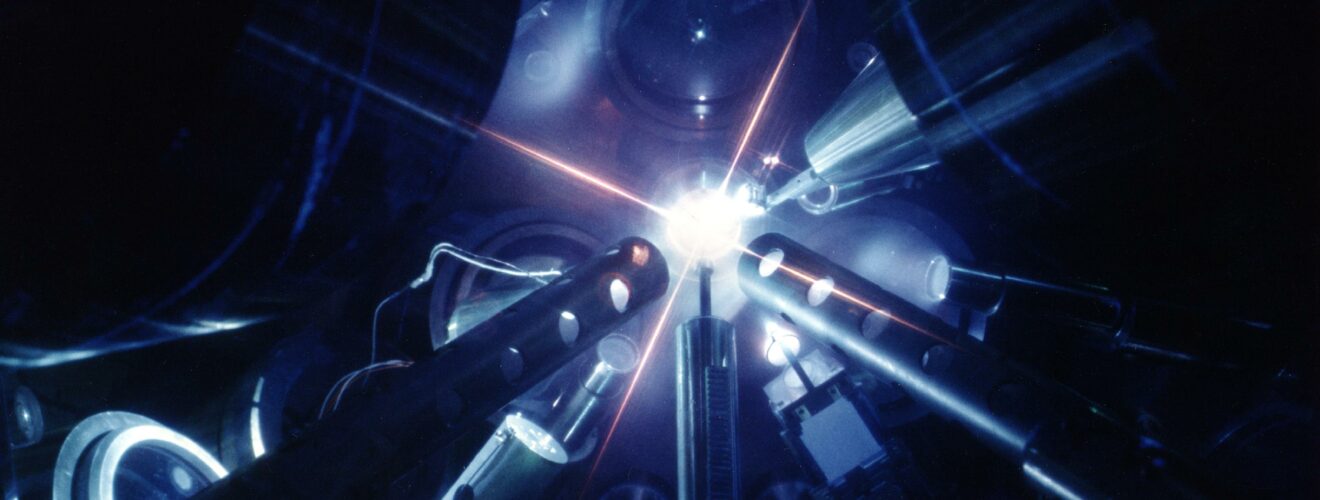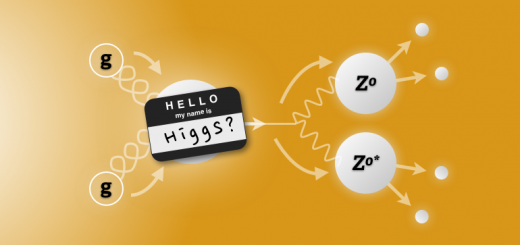Nuclear Fusion: The future of sustainable electricity?

With the ongoing climate crisis, sustainable electricity is of major significance to the world. The current main contender for green energy comes in the form of renewables such as wind and solar, however, these suffer from reliability issues, as we can’t control when it’s windy or sunny[1].
Current nuclear power generation relies on nuclear fission, the splitting of heavy atoms, which results in radioactive by-products that remain dangerous to humans and the environment for thousands of years[2]. Fortunately, another aspect of nuclear reactions may provide a solution to all of these problems, and it relies on the physics at the heart of stars. When atoms of the lightest element, hydrogen, are forced together under immense temperature and pressure, they begin to fuse together to form helium in a process known as nuclear fusion. This process releases vast amounts of green energy and is the power source of all stars.
Although challenging, controlled fusion reactions have been possible for decades, so why don’t we have commercial fusion reactors[3]? The main culprit is the ratio of the energy produced by the reaction to the amount of energy required to start it, known as the gain. If the gain is less than one, the reaction consumes more energy than it generates, which doesn’t make for a very good power source.
This issue was overcome for the first time on 5th December 2022, when the National Ignition Facility (NIF) in California fired 2.05 million joules of laser energy at a small spherical capsule containing fusion fuel at its centre. The result was 3.15 million joules of energy from nuclear fusion, providing a gain of over 1.5. This technique works by using lasers to rapidly vaporise material on the capsule’s surface. Thanks to Newton’s third law — that every reaction has an equal and opposite reaction — a shockwave is driven into the centre of the target, compressing the fuel enough for fusion to begin. This experiment has since been repeated with even larger gains[4].
While a huge achievement, there is still a long way to go before commercial nuclear fusion is available. For instance, the lasers used in the experiment required much more energy to charge than was released, so the development of more efficient lasers is crucial. Even so, with renewed funding for NIF and the promise of other fusion technologies which use strong magnetic fields to heat plasmas, it may only be a matter of time before nuclear fusion is powering the world[5],[6].
[1] https://sustainablereview.com/challenges-in-renewable-energy
[2] https://www.eia.gov/energyexplained/nuclear/nuclear-power-and-the-environment.php
[3] https://www.getintonuclear.com/post/nuclear-fusion-definition
[4] https://lasers.llnl.gov/science/pursuit-of-ignition
[5] https://www.fusionindustryassociation.org/congress-provides-record-funding-for-fusion-energy
[6] https://www.york.ac.uk/physics-engineering-technology/ypi/research/mcf/
Edited by Hazel Imrie
Copy-edited by Rachel Shannon







